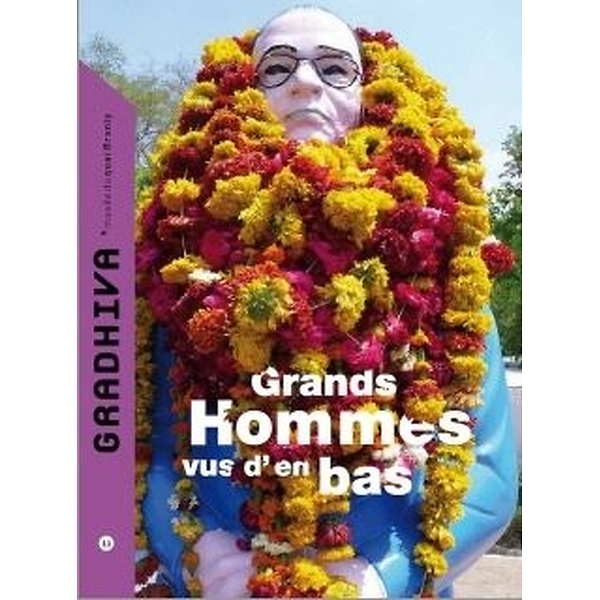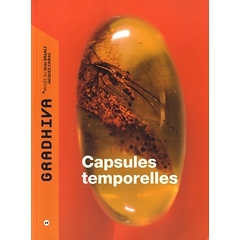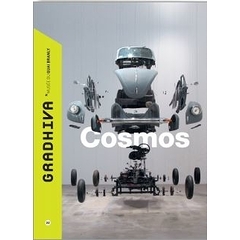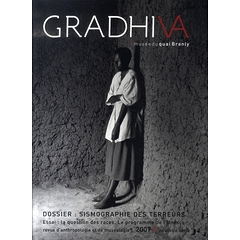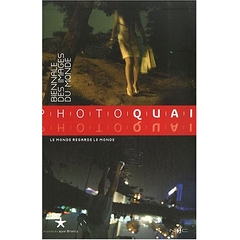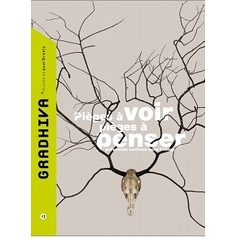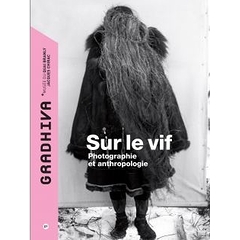Gradhiva N°11 Grands hommes vus d'en bas
Musée du quai Branly - Jacques Chirac
Description
This file proposes to approach the images of the great men from an unprecedented perspective. In contrast to the already numerous analyzes of official iconography, it is a question of staggering the gaze to examine how the figure of statesmen is the object of appropriations that escape the register of the official while taking support on him. This change of perspective makes it possible to grasp the great men no longer "from above", as they reveal themselves in their official grandeur, but "from below", from the point of view of the subordinate actors. These popular uses of political icons imply a game often ambiguous with the official world. Depending on the case, it may be to capture, cannibalize, mock, accommodate or tame power through his effigies. The popular uses of the figure of the great man ultimately constitute acts of invention that do not leave the official model unharmed.
Product information
- Technical specification
Presented by Julien Bonhomme et Nicolas Jaoul
- Number of Pages
- 240
- EAN
- 9782357440258

